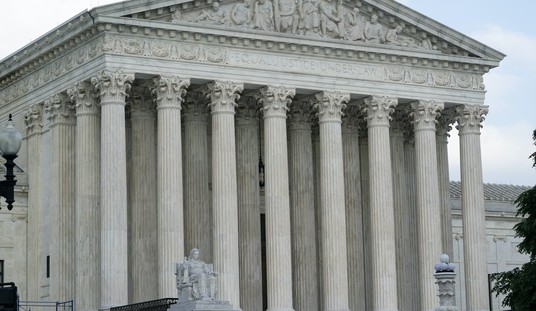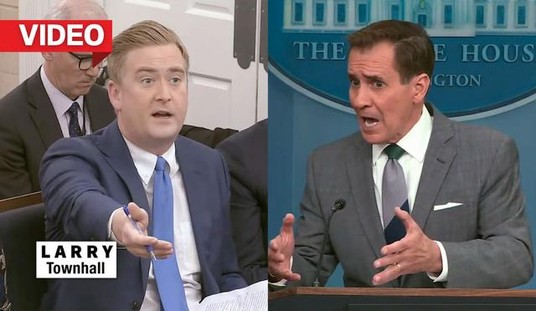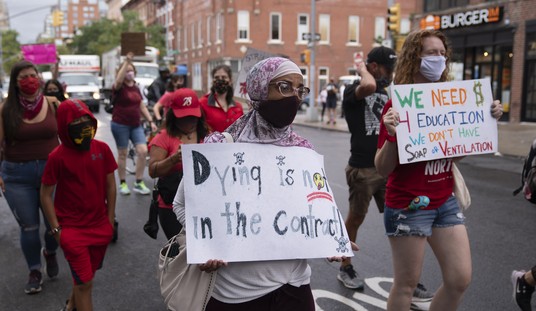Herbert Simon once remarked “"That which cannot continue forever – won’t." If only Secretary Paulson applied that wisdom to Fannie Mae and Freddie Mac (the GSEs).
The government chartered Fannie Mae in 1938 to increase homeownership and home affordability in response to the Great Depression. Freddie Mac came along over 30 years later in 1970. Fannie Mae and Freddie Mac are an excellent case study illustrating the consequences that arise when vague notions of “Corporate Social Responsibility” are combined with a for-profit business model. In the case of Fannie Mae and Freddie Mac, the consequences are diminished U.S. economic performance and increased overall financial risks.
The immediate problem prompting the latest financial bailout is the huge losses of the GSEs coupled with the size of their portfolio: together, both companies owned nearly $2 trillion in assets as of June 2008. Due to their mounting losses, the market was starving Fannie Mae and Freddie Mac of the capital necessary for the firms to stay solvent. The sheer size of the companies meant that their troubles were feeding into the already stressed mortgage market, leading to higher home mortgage interest rates. Fears mounted that the higher home mortgage rates were threatening the already strained financial system. These fears forced the Treasury into action.
The Treasury’s actions officially recognized that Fannie Mae and Freddie Mac are in fact insolvent; and, their regulator, the Federal Housing Finance Agency (FHFA), is now in control. Treasury Secretary Paulson’s program is designed to: ease the crisis at hand, preserve the assets of the GSEs, restore confidence in the Fannie and Freddie, mitigate the risks to the financial system, and try to minimize the ultimate cost to the U.S. taxpayer.
Recommended
The Treasury’s plan does not address the larger systemic problems that helped to create the current mortgage market problems in the first place: the adverse economic incentives created by the current GSEs financial structure. Not linking the current solvency problem to the fundamental reforms necessary to prevent such crises from happening again squanders an opportunity to improve the workings of our financial system.
To see the adverse incentives, we need some background on Fannie and Freddie’s operations. Fannie Mae and Freddie Mac increase liquidity in the residential mortgage market by purchasing mortgages from direct mortgage lenders (i.e. banks). Purchasing the mortgages provides funds to banks, increasing the banks’ supply of funds that are available for new mortgages. A larger supply of mortgage funds increases the quantity of mortgages extended and lowers the interest rate costs of mortgage. Thus, Fannie Mae and Freddie Mac are able to claim that “they increase the availability and affordability of home ownership” – their socially responsible activities.
But, there is a catch. Fannie’s and Freddie’s operations have been implicitly (now explicitly) backed by the U.S. government. While corporate titans, such as Enron or Bear Stearns, may go out of business, the U.S. government is perceived to be always capable of paying its bills. Government backing creates a safety premium for investors that invest in Fannie Mae and Freddie Mac. The safety premium is a subsidy that confers real benefits to the GSEs and imposes real distortions on the financial markets.
The government subsidy to the GSEs allows them to raise funds at “below market” interest rates. Lower borrowing costs for Fannie and Freddie redirect resources away from other potential uses in the economy toward mortgages, raising the borrowing costs for other investments. Productive investments in other parts of the U.S. economy are, consequently, “crowded out” due to the favorable borrowing costs of Fannie Mae and Freddie Mac. Greater opportunities to fund emerging small businesses, increase economic efficiencies, or finance opportunities that people value more are subsequently lost.
The subsidy also creates adverse economic incentives for the GSEs themselves that compromises the efficiency of the mortgage market and violates the companies’ very raison d’être. The private shareholders of Fannie Mae and Freddie Mac reap the profits when their investment strategy makes money. But, when the strategy loses money, the government steps in and forces the taxpayer to share in the company’s losses. Consequently, the system provides the incentive and opportunity for individuals to profit from their risks but not suffer the consequences if these risks go bad. Under such circumstances, it should not be surprising that people take on more risk.
Perhaps more troubling, the government subsidy encourages Fannie Mae and Freddie Mac to continue injecting excess mortgage liquidity into the system despite signs that a real estate bubble may be forming – why give up the opportunity to make money when prices are rising if the government will cover your losses when prices are falling. Due to the adverse economic incentives, the GSEs increase the volatility of the mortgage market; and, helped to fuel the housing bubble currently plaguing the nation by continuing to flood the housing market with liquidity at precisely the wrong time.
The CSR justification behind our current Fannie Mae and Freddie Mac policy is flawed. Their special status skews our economy’s capital allocation process and raises the overall risk to our mortgage markets. Treasury’s plan should have begun the process of dismantling or privatizing both Fannie Mae and Freddie Mac. Instead, the plan is designed to remedy the crisis at hand and then punt on implementing reforms that would remedy the deeper adverse economic incentives exacerbating our current financial problems.
Because Treasury Secretary Paulson did not address the fundamental problems with Fannie Mae and Freddie Mac that helped to create the current financial problems in the first place, the country’s financial system remains vulnerable to the same problems in the future. More ominously, Fannie’s and Freddie’s business model provides a glimpse at the unintended and undesirable consequences that emerge from the current trend of companies implementing CSR-type policies.

























Join the conversation as a VIP Member